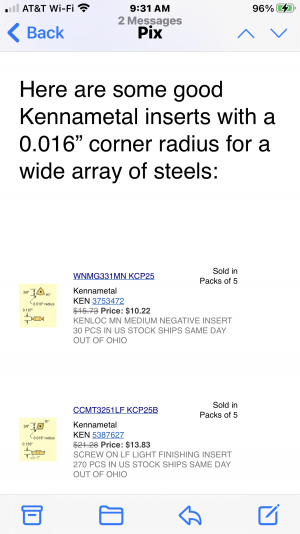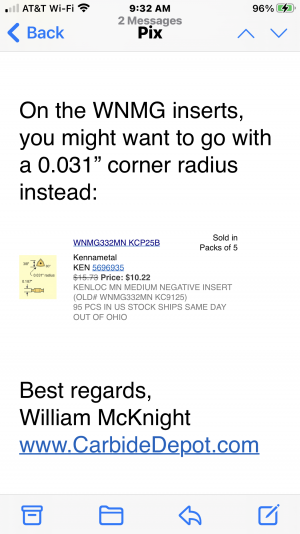- Joined
- Dec 26, 2015
-
Welcome back Guest! Did you know you can mentor other members here at H-M? If not, please check out our Relaunch of Hobby Machinist Mentoring Program!
You are using an out of date browser. It may not display this or other websites correctly.
You should upgrade or use an alternative browser.
You should upgrade or use an alternative browser.
Help Me Pick Out Tool Holders
- Thread starter erikmannie
- Start date
- Joined
- Sep 28, 2013
learning how to use a lathe and mill is a very steep learning curve and to add to that you have a large and powerful lathe, which adds an extra dimension. I'm sure you don't like import stuff (other than your lathe) but I'd get a set of basic trigon or CCMT turning tools from Carbide Depot or the like and use those until you have a better feel for what you need. That way if you do break anything then you're not out much.
- Joined
- Sep 8, 2019
- Location
- Bay Area, CA
Update:
I called Aloris today & talked to the tech guy. He apologized that he was unavailable yesterday, and he told me to send the failed tool holder back for inspection & possible warranty replacement. This is the tool holder that is in the garbage, so I’m glad I didn’t empty the garbage yet.
I still don’t like the Double Lock/Sure Lock designs, at least for heavy cuts. I will choose a more sturdy tool holder (where the insert either screws in directly or has a big locking lever over it).
I called Aloris today & talked to the tech guy. He apologized that he was unavailable yesterday, and he told me to send the failed tool holder back for inspection & possible warranty replacement. This is the tool holder that is in the garbage, so I’m glad I didn’t empty the garbage yet.
I still don’t like the Double Lock/Sure Lock designs, at least for heavy cuts. I will choose a more sturdy tool holder (where the insert either screws in directly or has a big locking lever over it).
- Joined
- Sep 8, 2019
- Location
- Bay Area, CA
I called carbidedepot.com, & I emailed the tech guy William your 2 links above. He came up with a Kennemetal tool holder which is hopefully equivalent to that Seco that you linked to:
(1) MWLNR123B, Kennametal PN 1096362
picture:
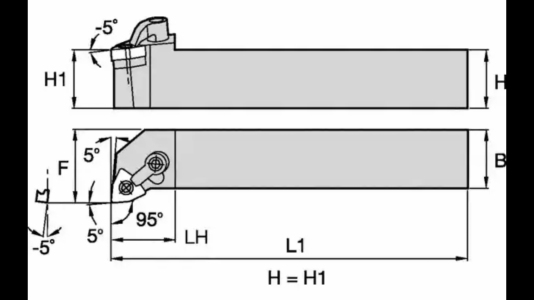
(2) MWLNL123B, Kennametal PN 1096357
picture (shows a RH):
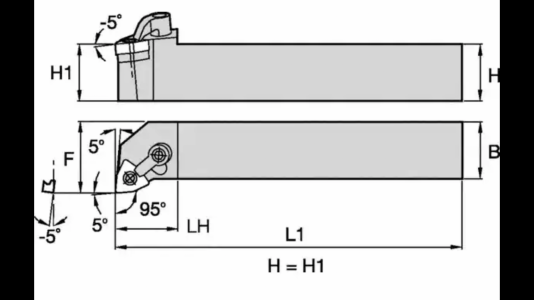
(3) SCLCR123, Kennametal PN 1094485
picture:
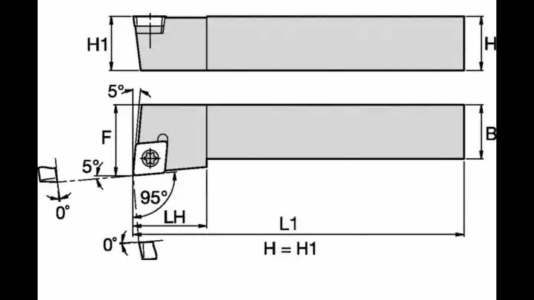
(4) SCLCL123, Kennametal PN 1094486
picture (shows a RH):
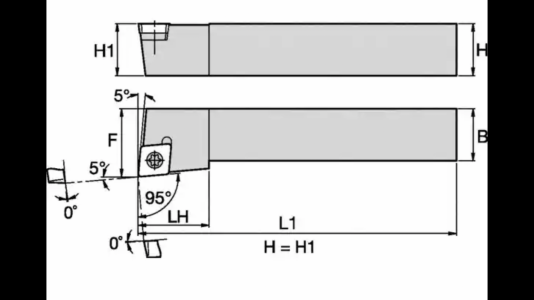
Last edited:
- Joined
- Sep 8, 2019
- Location
- Bay Area, CA
- Joined
- Dec 26, 2015
Yes, those are the Kennametal equivalents. Those should serve you well. Make sure you get inserts suitable for your materials. The CCMT versions should have a small nose radius for finishing operations.
- Joined
- Sep 8, 2019
- Location
- Bay Area, CA
Yes, those are the Kennametal equivalents. Those should serve you well. Make sure you get inserts suitable for your materials. The CCMT versions should have a small nose radius for finishing operations.
Would you consider a nose radius of .016” to be small? It sounds “medium” to me.
After I told him what I do in the shop, the tech guy was setting me up with inserts for carbon and alloy steels only.
- Joined
- Sep 8, 2019
- Location
- Bay Area, CA
I followed up with the tech guy & he says that for inserts with a 3/8” inscribed circle radius, 90% of his customers are choosing a .016” nose radius. I’m going to go with that for now.
- Joined
- Dec 26, 2015
The rule of thumb for finishing cuts is the depth of cut must be at least half the nose radius of the insert. So you can answer your own question. If you plan to take finishing cuts of 0.008" or more, they are fine. If you try to remove 0.002" with those, the surface finish is likely to be total crap because the insert isn't consistently engaging in the material. I use that same insert in my shop on lots of varieties of steel, but to hit tight tolerances, I use the balanced method I talked about earlier in this thread with a link to a video on the technique. I would never try to hit tight tolerance by creeping up on it with light skim passes.
- Joined
- Sep 8, 2019
- Location
- Bay Area, CA
The rule of thumb for finishing cuts is the depth of cut must be at least half the nose radius of the insert. So you can answer your own question. If you plan to take finishing cuts of 0.008" or more, they are fine. If you try to remove 0.002" with those, the surface finish is likely to be total crap because the insert isn't consistently engaging in the material. I use that same insert in my shop on lots of varieties of steel, but to hit tight tolerances, I use the balanced method I talked about earlier in this thread with a link to a video on the technique. I would never try to hit tight tolerance by creeping up on it with light skim passes.
Yes, I came to fully understand the above on my most recent project, with thanks to the Hobby Machine Forum crew.
I sometimes bring in HSS tool bits if I undershoot my target by less than half of the insert nose radius, thereby losing the surface finish achieved with the carbide.


